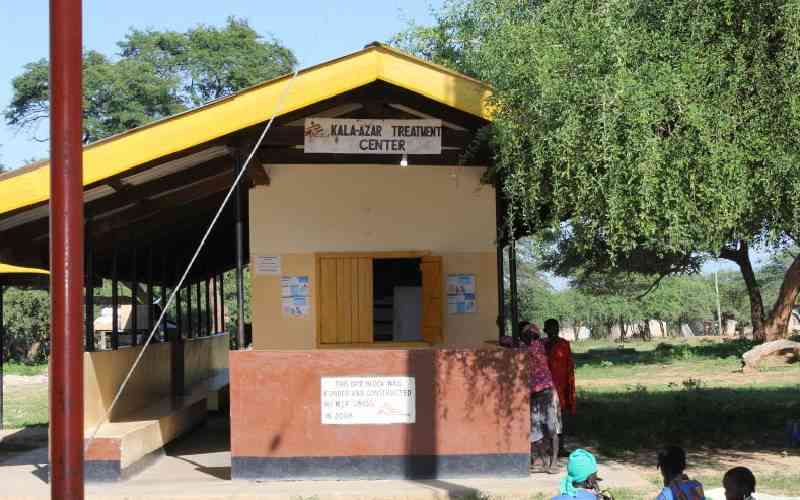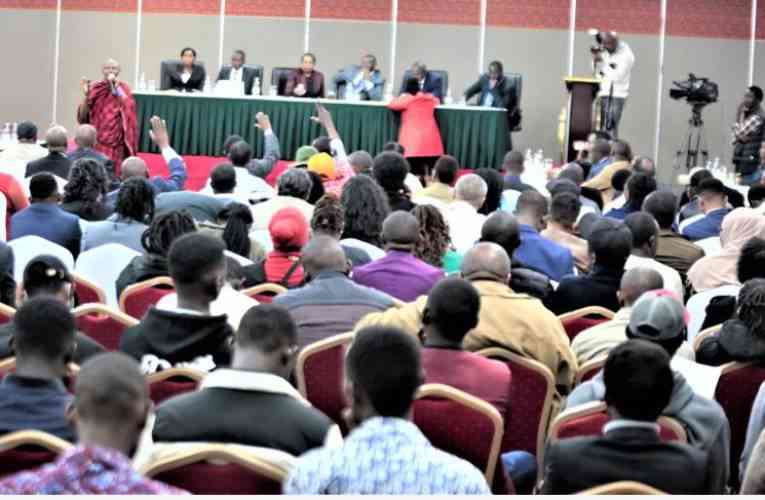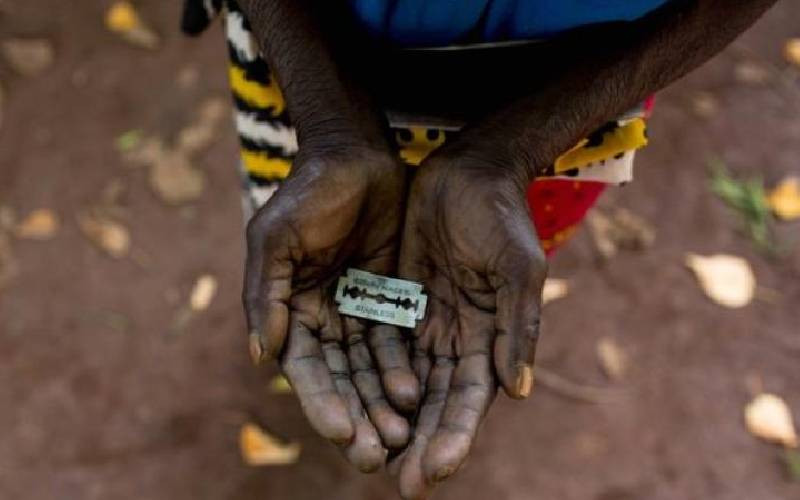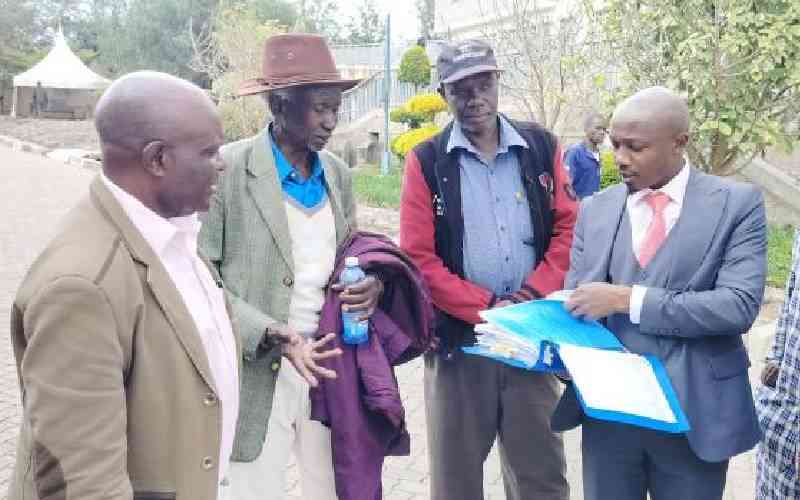
Kenya Medical Research Institute (Kemri) officials have been deployed to several parts of Turkana County as cases of Kala-azar rise.
On Friday, doctors expressed concern over what they termed as high rate of infection and called for urgent interventions to tame the spread of the neglected tropical disease.
A team from the International Centre of Insect Physiology and Ecology (Icipe) is also taking part in the investigation of the spread of the disease.
Turkana County coordinator for tropical diseases James Ekamais said 124 people have been affected by the disease in the last one month, sparking fears. No fatalities have been reported so far.
Ekamais said locals have been hiding people affected by the disease spread by sandflies.
“We have been sensitising locals through community health volunteers because families are hiding patients. We have been asking them to bring affected locals to hospitals for treatment to avoid fatalities,” he said.
The researchers from Kemri and Icipe visited three sub-counties including Loima, Turkana South and Turkana Central to establish the magnitude of the spread.
- Children grapple with pain, bow legs linked to Lake Turkana
- Cervical cancer ravages women despite availability of HPV vaccine
- In his own words: KEMRI founder Dr. Davy Koech shares his story - VIDEO
Keep Reading
Johnstone Ingonga, a senior lab technician from Kemri said the team of scientists was researching the numbers and behavioural patterns of insects spreading the disease.
Icipe official Evans Okumu said surveillance on insect behaviours was part of the strategies in taming the spread of Kala-azar.
“Dealing with the situation is challenging in areas occupied by pastoralist communities such as Turkana because communities at times migrate to neighboring countries searching for water and pastures and this also contributes to cross border spreading of the disease,” he said.
A number of patients have in recent days been referred from remote areas of Turkana to Lodwar County Referral Hospital
Most of the Kala-azar patients, according to doctors, were pastoralists living along the borders of Kenya with South Sudan, Ethiopia and Uganda.
According to the CEO of Lodwar County Referral Hospital Dr Joseph Epem, cases of Kala-azar have been increasing steadily in recent weeks.
Epem said it was costing an average of Sh30,000 to treat a Kala-azar patient and called for interventions to stop the spread.
“There is a need to support the efforts geared towards eradicating the disease. Counties lack the human capacity to tame the spread of a disease such as Kala-azar,” he added.
The number of Kala-azar cases, according to Turkana County authorities, has been on the rise since 2015.
In 2018, 157 cases were reported and in 2019, 333 people were infected.
The number of kala-azar cases increased to 432 in 2022. The numbers declined to 295 last year.
Kala-azar is a life-threatening disease caused by a protozoan parasite. It is characterized by irregular fevers, weight loss, and enlarged spleen and liver. Doctors say it can be fatal if left untreated.
 The Standard Group Plc is a multi-media organization with investments in media platforms spanning newspaper print
operations, television, radio broadcasting, digital and online services. The Standard Group is recognized as a
leading multi-media house in Kenya with a key influence in matters of national and international interest.
The Standard Group Plc is a multi-media organization with investments in media platforms spanning newspaper print
operations, television, radio broadcasting, digital and online services. The Standard Group is recognized as a
leading multi-media house in Kenya with a key influence in matters of national and international interest.











